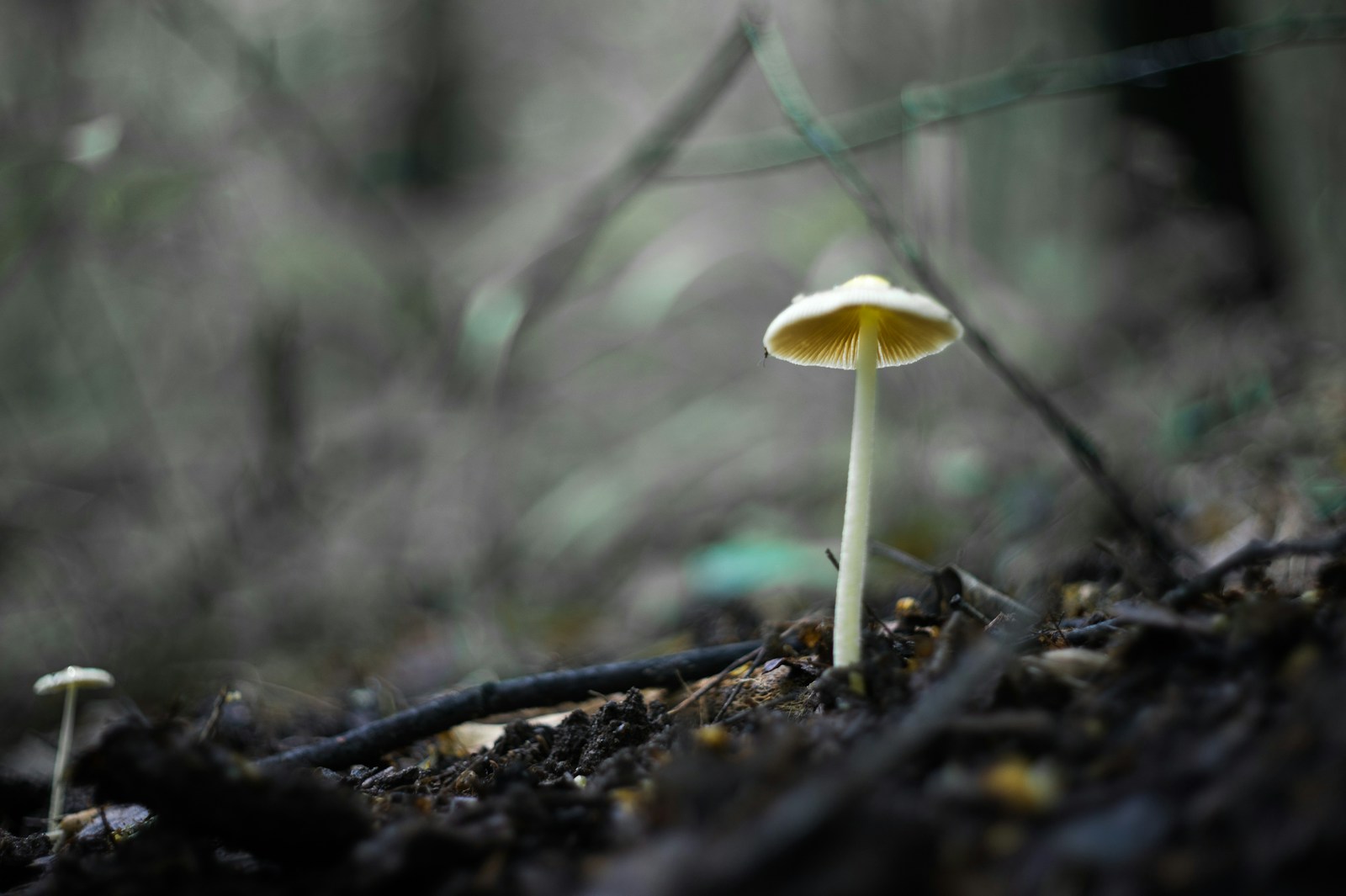
seta

mushroom
The Spanish word 'seta' translates to 'mushroom' in English. 'Seta' is a generic term for any mushroom-like fungi, and is used across many Spanish-speaking regions. As with English, there are more specific words for different types of mushrooms. The word 'seta' can be used in various contexts, such as in cooking recipes, outdoor activities, and science descriptions.
Example sentences using: seta
Recogí una seta en el bosque.

I picked up a mushroom in the forest.
This sentence demonstrates the usage of the word 'seta' as a noun, which in English translates to 'mushroom'.
La seta que encontramos es venenosa.

The mushroom we found is poisonous.
This example indicates the description of the noun 'seta', expressing the quality of the mushroom as being poisonous.
Mi perro olfateó una seta.

My dog sniffed a mushroom.
This reflects the scenario where the dog is identifying the mushroom by smell, using its sense of smell to lead it to the mushroom.
La seta tiene un sombrero rojo.

The mushroom has a red cap.
This sentence presents the physical features of the mushroom in question, its colored cap.
Toma una foto de esa seta.

Take a picture of that mushroom.
This phrase introduces the action of photographing a mushroom, typically for its aesthetic beauty or for scientific purposes.
Esta seta es rara en esta región.

This mushroom is rare in this region.
The sentence suggests the rarity of a particular mushroom in the region, depicting the distribution of mushroom species.
Debajo de esta seta viven pequeños insectos.

Small insects live under this mushroom.
This portrays the mushroom as a habitat for small insects, indicating the interconnected relationship between various organisms.
Esa seta parece un paraguas.

That mushroom looks like an umbrella.
The description here relates the mushroom's appearance to the shape of an umbrella, showing the comparison made between different real-world entities.
El niño dibujó una seta en su cuaderno.

The boy drew a mushroom in his notebook.
This sentence presents a common activity of drawing which in this case involves a mushroom, indicating an individual's interaction with the mentioned item.
La seta en la sopa le da un sabor único.

The mushroom in the soup gives it a unique flavor.
The mushroom that is added to the soup contributes to its unique taste. This suggests the practical culinary use of mushrooms.